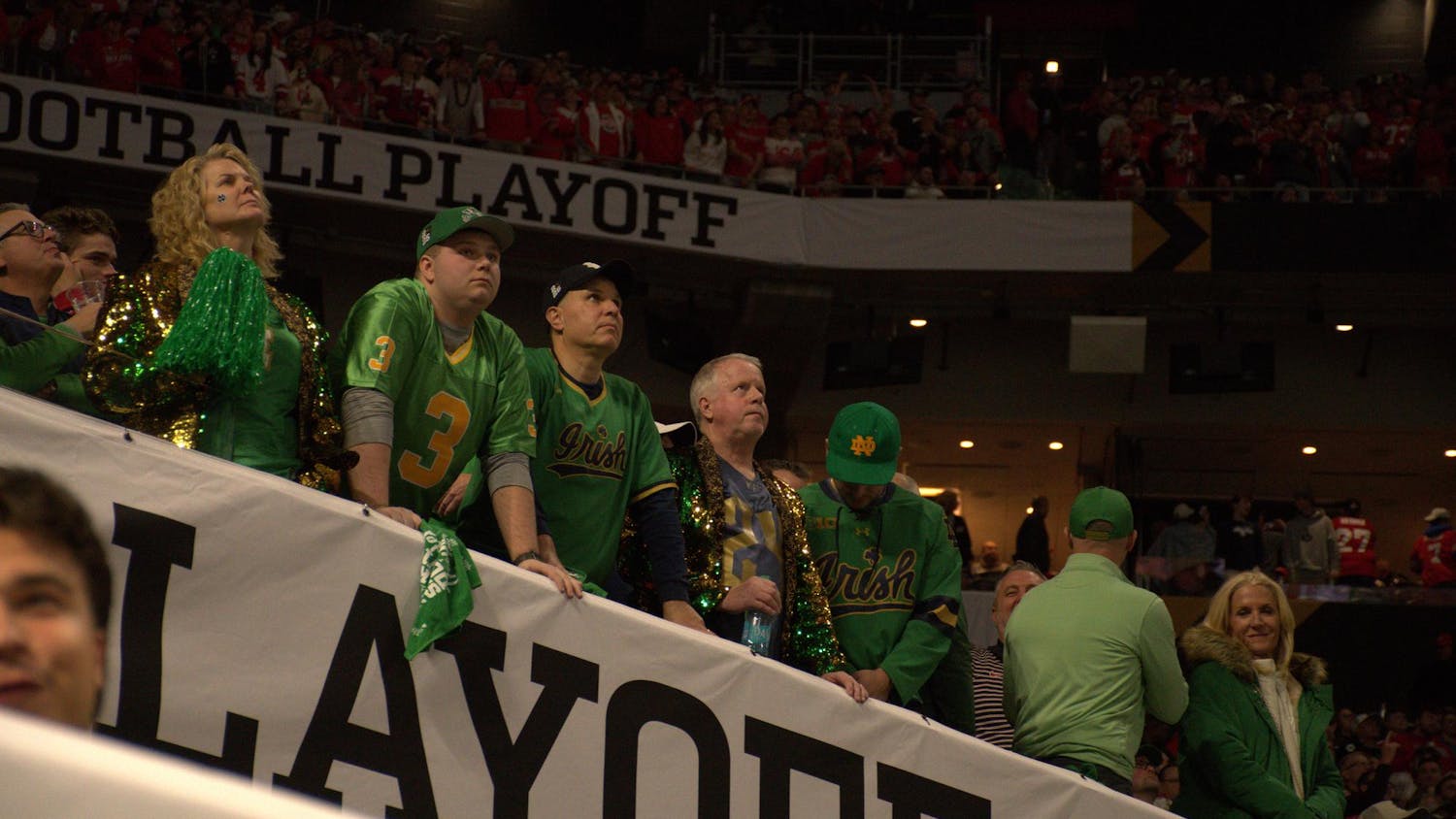When it comes to tradition in baseball, change is tricky.
The sport needs changes to keep tradition alive in a new era. But too much change can push away the folks who’ve been watching for ages and liked the game the way it was, thank you. And if the changes don't bring in new viewers, well, then Major League Baseball loses everybody.
This season, MLB will introduce the pace of play rules it experimented with during the Arizona Fall League and spring training. A play clock of sorts will give teams 2 minutes 25 seconds, or 2:45 in games on national television, between each half inning and pitching change. Fines could punish those who violate the clock.
Players also won’t be allowed to leave the batter’s box if they didn’t swing at the previous pitch unless the umpire gives them permission.
Thank goodness.
Baseball is all about finding a groove, but batters can groove in the batter’s box and not waste an inordinate amount of time. The quirks of players’ between-pitch routines will live on, although perhaps with less velcroing and un-velcroing of batting gloves.
MLB.com reports these measures took an average of over 10 minutes off Arizona Fall League games, and it should be a success in the majors this upcoming season.
For those who don’t want to meddle with baseball’s sluggish traditions, have no fear. In 1960, the average baseball game lasted just under 160 minutes. In 2013, the average game took over three hours, according to statistics compiled on FOXSports.com
The average game length hasn’t been on a continuous upward trend; there have been peaks and valleys. But since around 1978, the average game length generally has climbed and has never dipped back below that year's average.
The point is, there’s a good deal of baseball history before 1978 featuring shorter games.
Now, the MLB should be careful here and not get carried away with introducing clocks and time limits. Much of what makes baseball interesting are the mind games between pitchers and batters. (Am I going to pitch now? How about now? Or NOW!)
Micromanaging the game would take away players’ individual styles and also the relaxed dimension of the game.
The key is to remember what baseball is not. It is not football, driven by high-octane physicality. Really, baseball is weird.
On one hand, baseball provides October drama, the suspense of the bases-loaded-two-outs-bottom-of-the-ninth situation and New York Yankees fans who just excused themselves to run over their Red Sox fan neighbor’s flowers. But baseball also provides the opportunity for lazy Sunday outings in July and the “I just came here for a hotdog, a sunburn and some Americana” attitude.
Baseball fans tend to enjoy both the intense and laid-back elements of baseball, believing each type of game-watching experience has its place.
Because of this, I mean it when I say good luck to the executives trying to run baseball. It’s an odd, finicky sport that’s difficult to manage to everyone’s satisfaction because it means a lot to a variety of people at different times.
Hopefully, the new pace of play rules work. Some fans won’t like it, and shaving time off games won’t instantly draw in more fans, but it should push baseball in a positive direction.
Baseball games will always take a while, and that’s part of their charm. But that doesn’t mean players should have the liberty to waste tons of time for the fun of it or because of sluggish habits. The new rules are geared to cutting down on unnecessary delays, not the game’s character.
The changes are tricky, but they should pay off.
Read More
Trending









